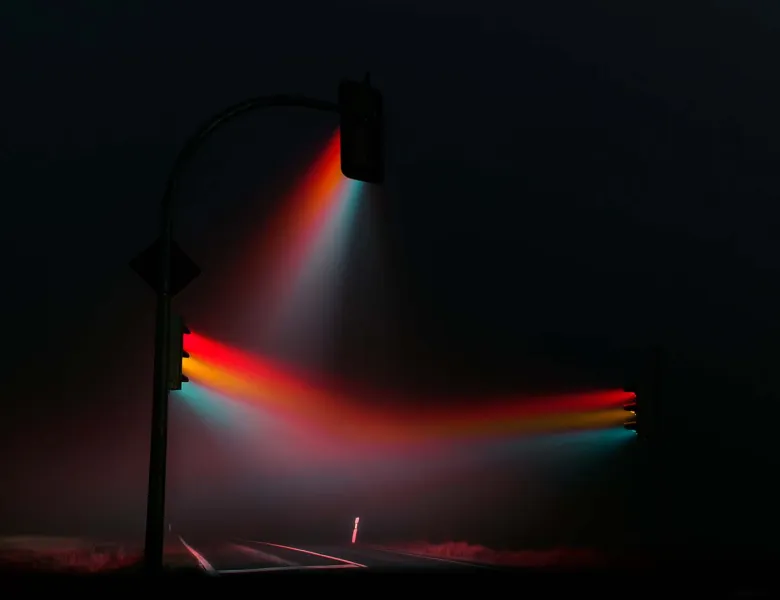The tough and sacrificed life - Kharnak Nomads, by Ronald Patrick
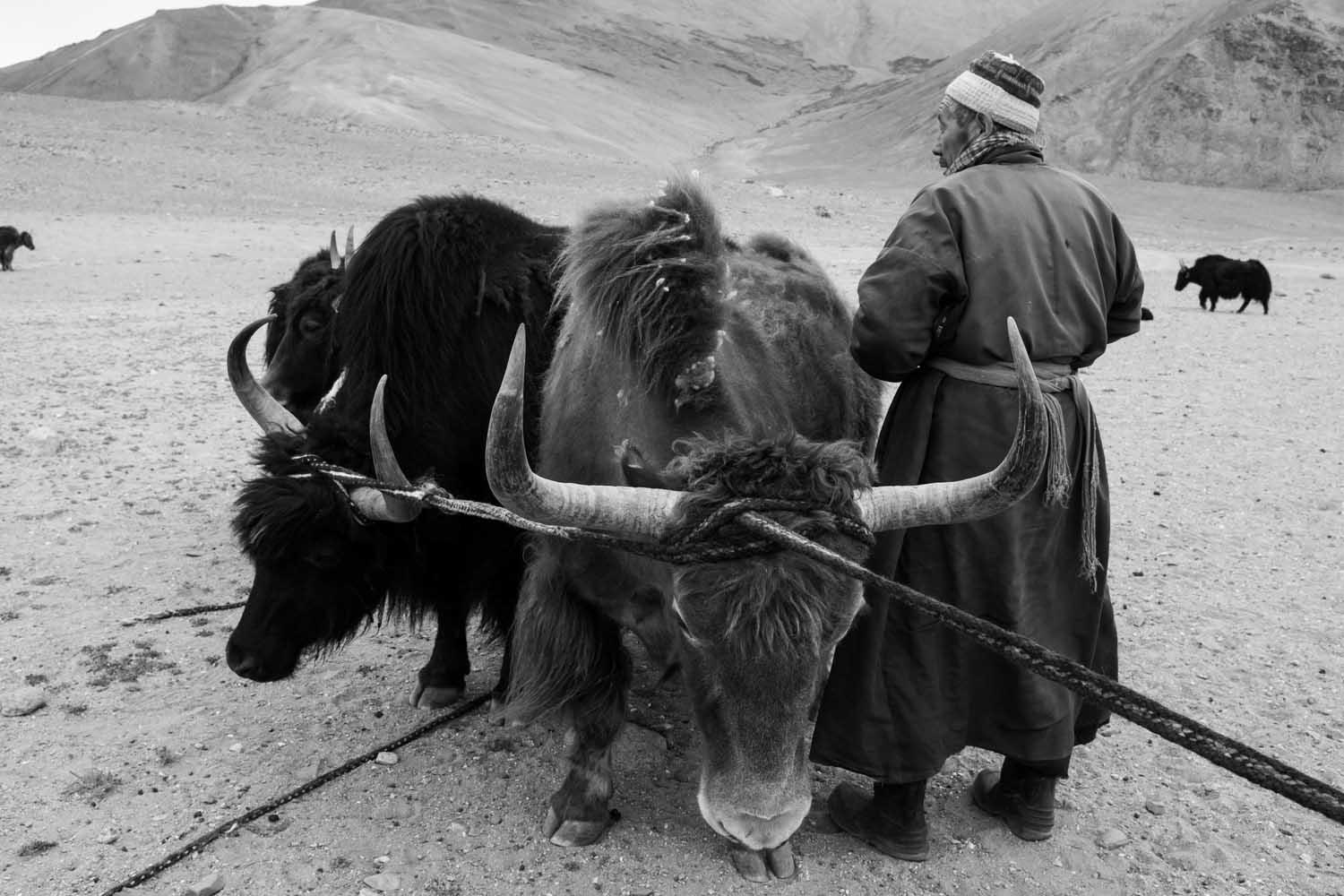
In the run up to the 12th edition of the Angkor Photo Festival (December 3 - 10, 2016), we’ll be featuring a select number of photographers whose will be showcased in Siem Reap, Cambodia for this year’s festival.
The Angkor Photo Festival & Workshops is a free international platform and educational resource for established and emerging photographers. It is the longest-running photography event in Southeast Asia.
--
Ronald Patrick is a freelance photographer working in both the artistic and commercial realms. Specializing in documentary work, he says he uses photography to “provoke reactions and shed light on untold human experiences.” His series ‘Kharnak Nomads’ will be shown at Angkor Photo Festival.
Born and raised in Santiago de Chile, he obtained his business administration degree and worked as such in San Francisco CA for three years before finding photography.
This passion has since taken him around the world and he has worked everywhere from Spain to Southeast Asia, and from Antarctica to the Atacama Desert of Northern Chile.
His work has been published in Time Magazine, Stern, Monocle, Vice, In-Lan, The Guardian, International Herald Tribune, Friday Magazine and Wall Street journal amongst others. Corporate clients include Nike, The North Face, Lan Airlines, Ultramar Group, Arauco, Prodinsa, Government of Chile and many more.
Hi Ronald. Tell us more about ‘Kharnak Nomads’
The group of people that I met, lives in the high plains of Ladakh in the state of Jammu Kashmir, India. There are in total 16 families who live in community and move together in 5 different locations throughout the year according to the seasons, in order to provide food to their livestock, which consists of over 7000 goat and sheep and around 300 Yaks. In 3 of these settlements (or villages) the houses are constructed with stones, the rest of the time they live in their tents (some of them woven with Yak wool), where I met them in the campsite of Zara, at about 4.700 meters above the sea. For generations they have worked in the Pashmina Wool business, and lived in isolation with their animals. The interdependence with their livestock and nature has defined their sustainable lifestyle; their diet, housing, heating, clothing end everything is intimately connected with their livestock and surroundings.
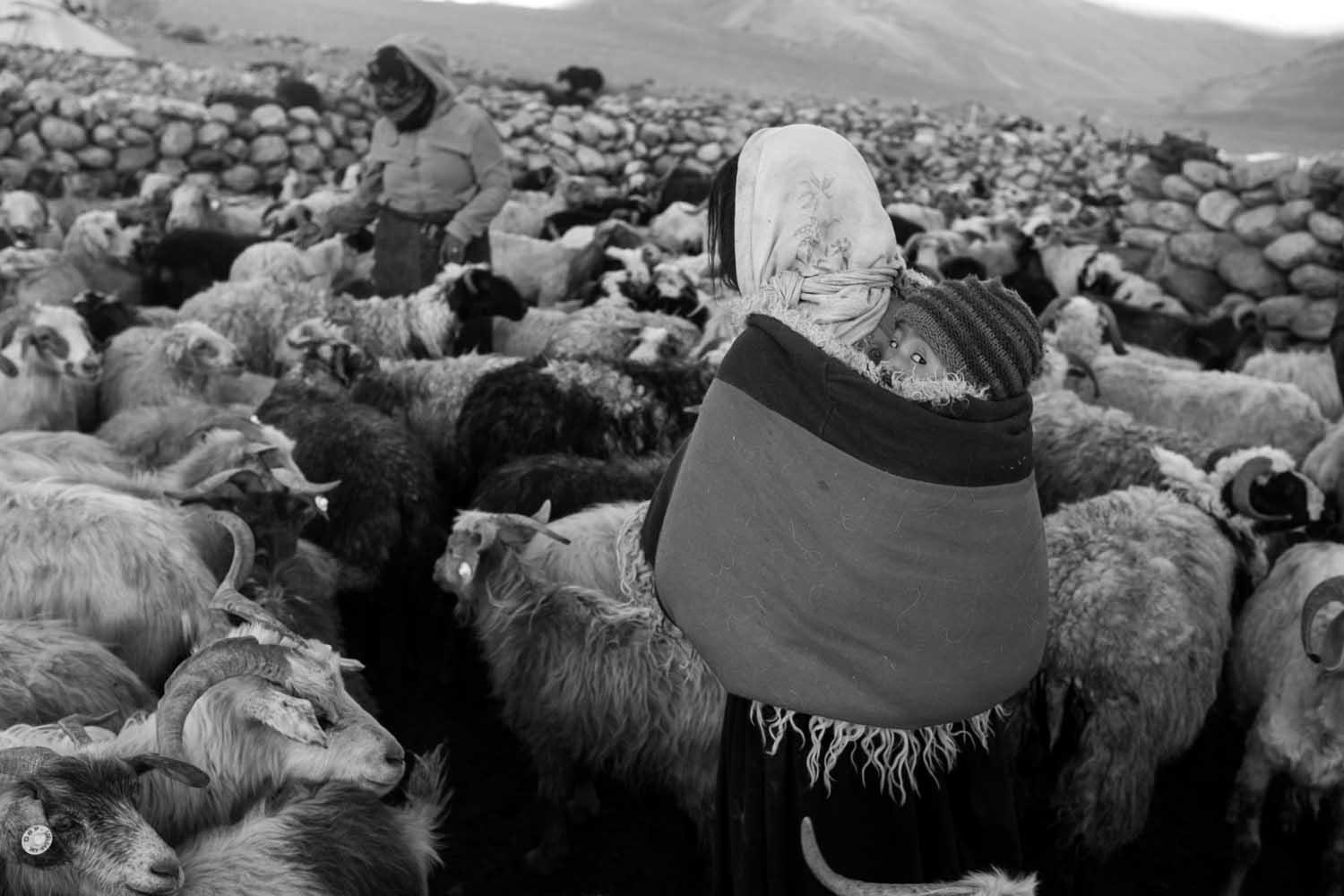
You work with both artistic and commercial projects. How do you balance the two?
Before becoming a full time photographer, about 9 years ago, I was in the business and corporate world. I saw an opportunity on selling my work to these companies that I had worked for or that I had connections with, which most of the times need a different approach to photographing their businesses. So I pitched them ideas of personal documentary projects that I could do with their support in exchange for a product that could also be useful for them (like an end of year book they could gift to their clients, for example). So I have been fortunate enough to work on projects that I'm really interested in doing, in complete freedom, financed by companies or foundations. Other times I used the money from commercial assignments to do my own personal work.
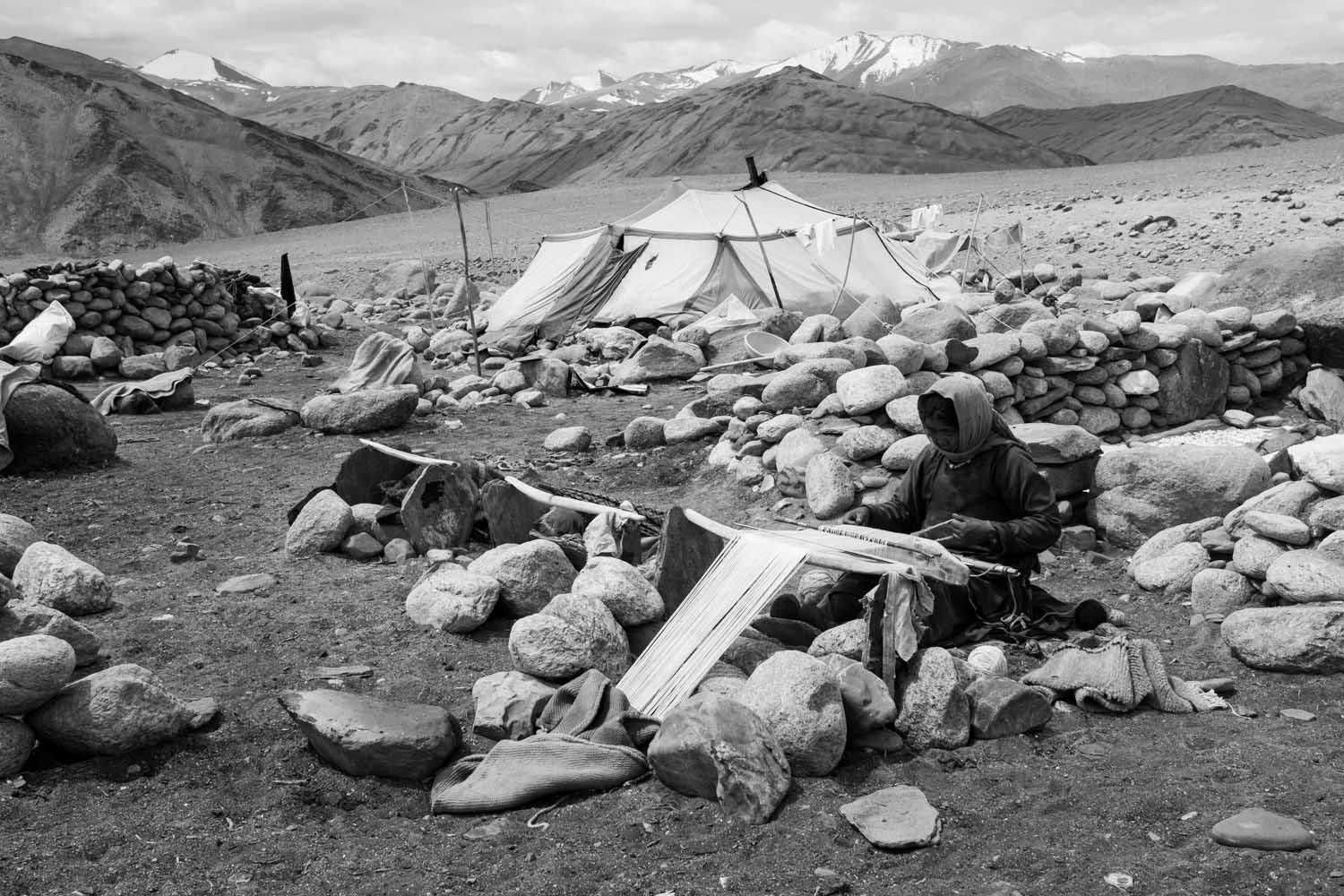
When and why did you discover photography as your medium?
I started taking pictures when I was 16, with a camera my father gave me on my birthday. He bought this camera in Japan, in the late 60s, I always looked at it with longing eyes. With it, there was a box with slides from that trip he made to Japan, I looked over those slides many times. I think thats when the bug for traveling and experiencing different things bit me. I never stopped taking pictures since then.
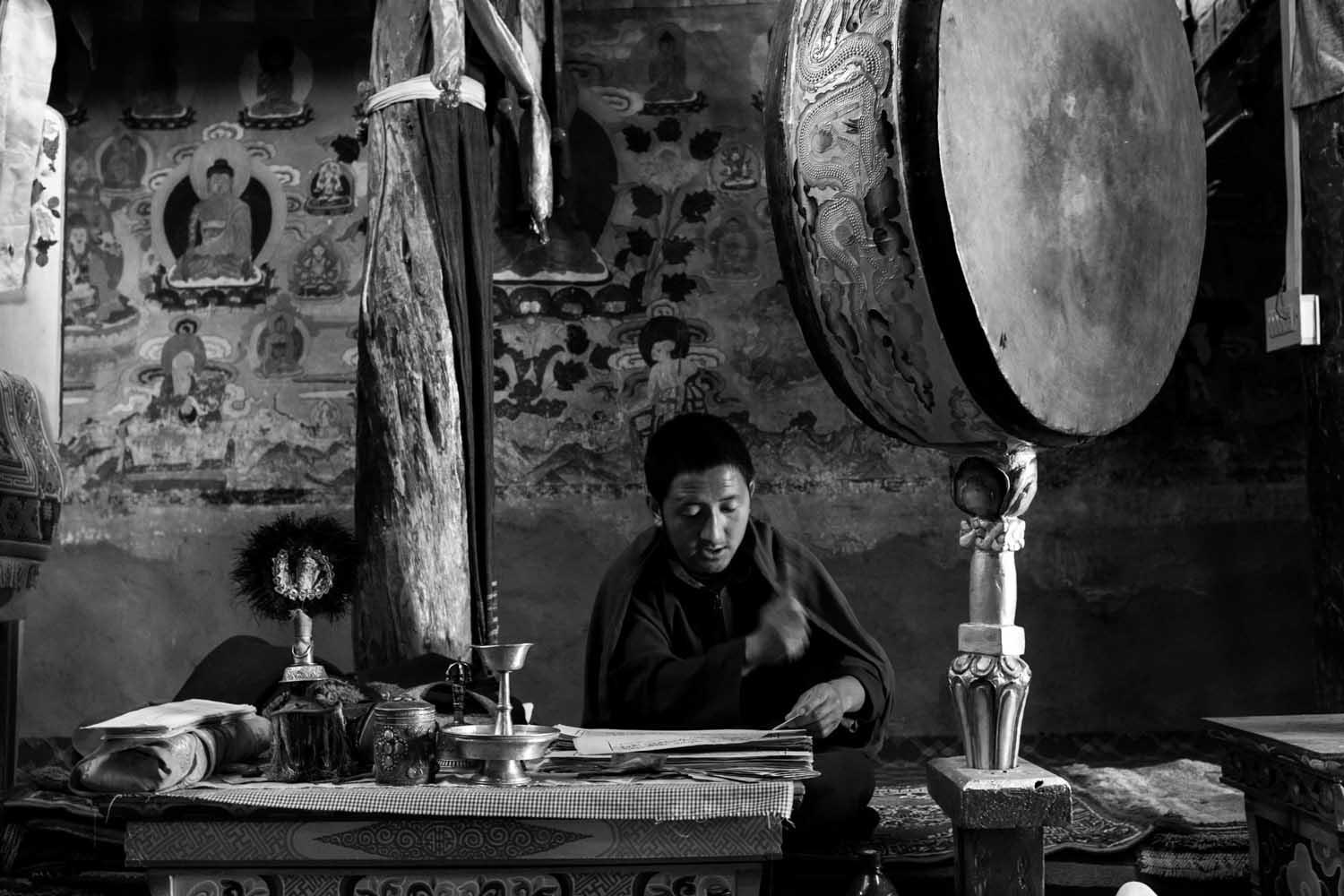

Do you have a photographic philosophy?
Photography is a very powerful instrument to help one express very personal and intimate feelings. Therefore, I think one has to be very honest to portray the things that are important to you, because this will help you find your own truth.
Where in the world are you, what’s next for you?
I've been travelling for the past 2 years now, and about one year ago I started an overland journey from Cambodia to Germany. On the way I've been working on different projects, being the main one about Transhumance and Nomads, which I hope to continue working on, as I make my way to Europe. I'm currently in Novosibirsk, capital of Siberia, experiencing the start of what is a real winter...
Ronaldpatrick.com
angkor-photo.com







